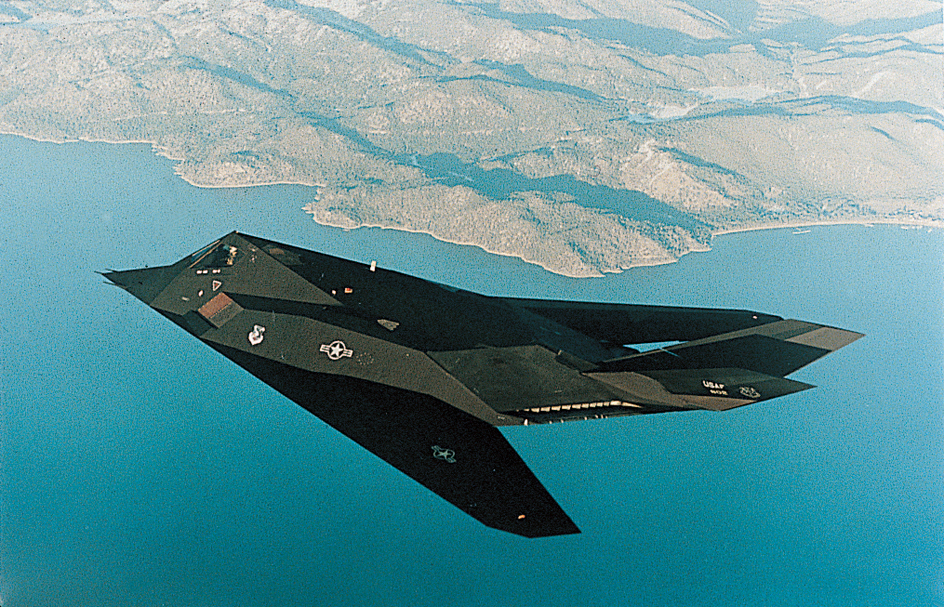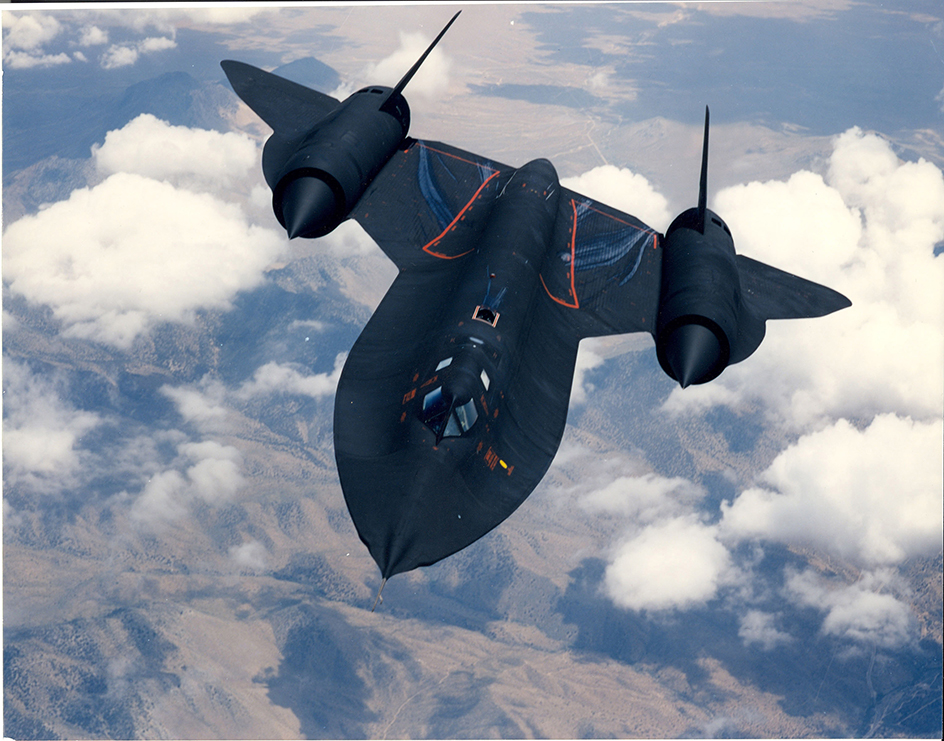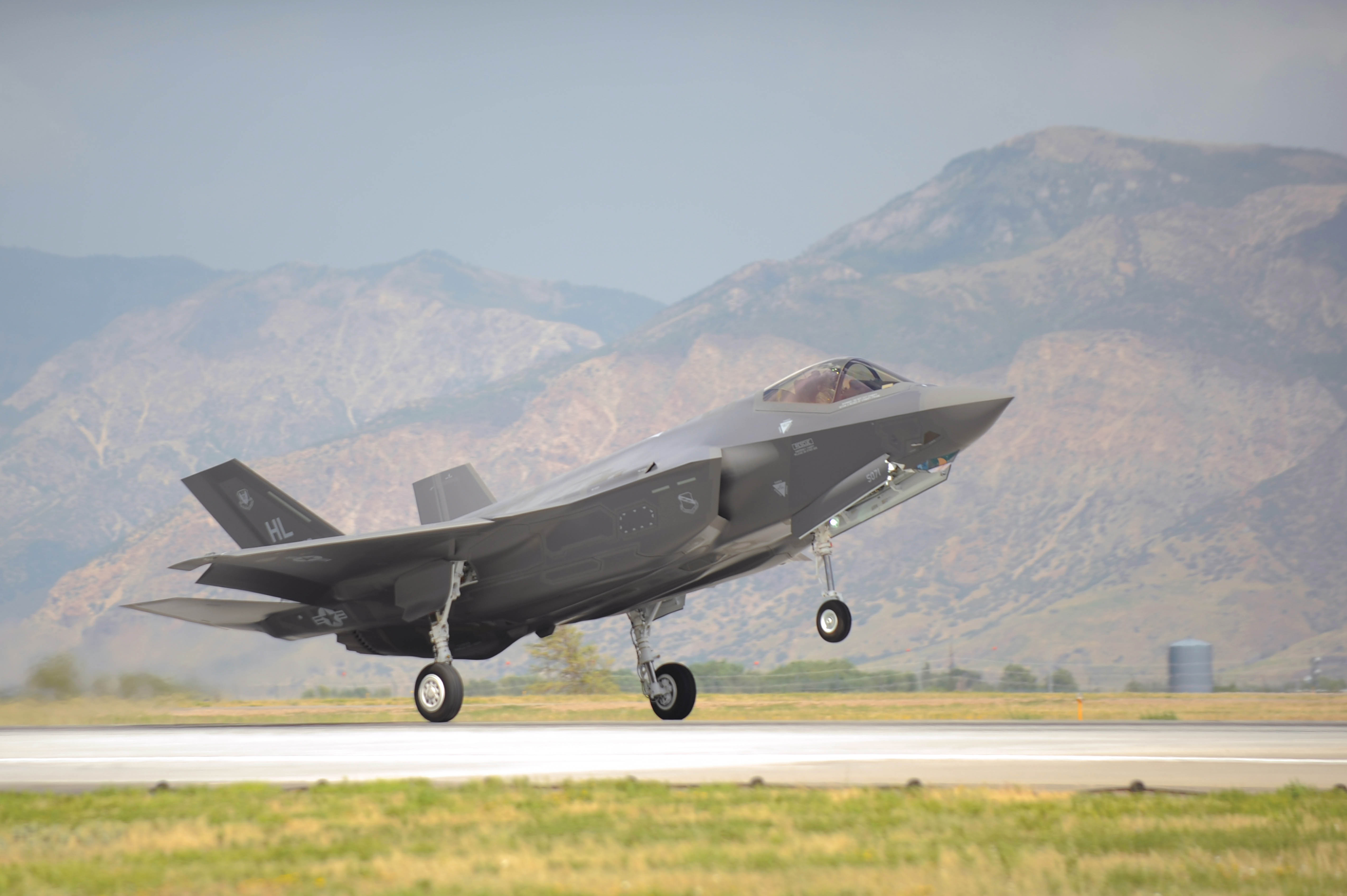Stealth technology refers to a collection of techniques primarily designed to make vehicles difficult to detect or track. It is also called low observable technology. Since the early 1900’s, engineers have designed military aircraft, ships, and ground vehicles using such technology. Stealth technology is most commonly used in aircraft.
Kinds of stealth
Most stealth technology is designed to prevent detection by radar systems. Such technology involves the use of special techniques, designs, and equipment to engineer vehicles that are difficult for radar systems to detect. Other stealth technology can prevent other forms of detection, including detection by infrared radiation , visual detection, and acoustic detection (detection by sound).
Radar stealth
protects vehicles from radar detection. Radar is an electronic instrument used to detect and locate moving or fixed objects. Radar works by sending radio waves toward an object and receiving the waves that are reflected back. The time it takes for the reflected waves to return indicates the object’s _range—_how far away it is. The direction from which the reflected waves return reveals the object’s location.
The ability to avoid radar detection is important for combat vehicles. A vehicle that can be easily located by enemies has a higher chance of being attacked or intercepted. Engineers design military vehicles to have body shapes that deflect (change the direction of) radio waves from radar, so that the reflected waves do not return to the radar instrument. In aircraft, this strategy often involves the use of flying wing shapes, which may lack tails and have few or no vertical surfaces. Radar-deflecting designs may also use intake shapes that hide any frontal view of the engine. An aircraft’s intake is the opening through which air streams into the engine.

Infrared stealth
involves reducing the infrared rays a vehicle emits (gives off). Infrared rays are a kind of electromagnetic energy that cannot be seen with the naked eye. Any warm object emits infrared radiation. Infrared detectors are used during military operations to locate enemy vehicles by detecting heat exhaust from the engines. This technique is especially useful at night, when ground vehicles and airplanes may not be easily seen with the naked eye. Infrared detectors can also be used to locate enemy soldiers by their body heat. Metal armor and thermal blankets are used to hide vehicles as well as people from infrared detection. In 2018, researchers developed an extremely thin sheet made from a material called black silicon, with a surface that readily absorbs visible light and infrared radiation. Objects cloaked under such a sheet become nearly invisible to infrared detectors.
Visual stealth
is used to disguise vehicles from ordinary sight. This type of stealth usually involves camouflage —painting or otherwise disguising a vehicle to blend in with its surroundings. Many military vehicle bodies are coated in special materials that reduce their ability to reflect light.
Acoustic stealth
involves making a vehicle difficult to detect by sound. Engineers use a variety of technologies to achieve acoustic stealth. Acoustic stealth is particularly important for military submarines and surface vessels that must avoid detection by sonar . Sonar systems detect objects by using sound waves in much the same way that radar units use radio waves. Aircraft may achieve a measure of acoustic stealth by flying at subsonic speeds—speeds below that of sound—to avoid detection by sonic boom . A sonic boom is a loud noise given off by a craft moving at supersonic speeds—speeds higher than the speed of sound.
History of air stealth
After World War II (1939-1945), engineers and military personnel noticed that some aircraft displayed a smaller radar signature than others of similar size. For example, the Avro Vulcan, a bomber developed in the United Kingdom during the 1950’s, had a much smaller signature than other bombers of the day, such as the United States B-52 Stratofortress . The Avro Vulcan was of a delta-wing design, with triangular wings and few protruding control surfaces. Its engines–which did not use propellers–were buried in its wings. All of these stealth properties were largely unintended benefits of engineering choices made to improve the Vulcan’s aerodynamics.
The first aircraft specifically designed to avoid radar detection were created with great secrecy in the United States by the aerospace company Lockheed . The SR-71 Blackbird —a supersonic spy plane designed in the 1960’s, featured nonmetallic parts and coatings of radar-absorbent materials. Both features absorb radio waves so that they are not reflected back to the radar detector. But the plane’s main means of avoiding detection were its extreme speed and high cruising altitude. First flown in 1981, the F-117 Nighthawk was a bomber designed expressly for stealth. Lockheed engineers made significant compromises in the F-117’s aerodynamics in order to maximize its ability to avoid radar detection. It had an extremely unusual shape featuring flat sides at many angles, resembling the facets (many sides) of a gem or crystal. This configuration made the craft difficult to detect but also difficult to control. 
The next generation of stealth aircraft made use of a flying wing design pioneered by the B-2 Spirit bomber, which first flew in 1989. Its designers took full advantage of advances in computer technology to design an extremely advanced stealth craft. The B-2 has no tail. Vertical tail surfaces help stabilize aircraft, but they also reflect radio waves. Instead, the B-2 made use of flight control computers, which calculated how to adjust the flaps and engine thrust to keep the plane stable. The curved surfaces of the body give the plane all-aspect stealth. All-aspect stealth vehicles are difficult for radar to detect from any angle. The B-2 also carries advanced sensors and communication equipment. This equipment allows the airplane to sense what is around it and to communicate when needed without giving away its position. Other military aircraft such as the RQ-170 Sentinel, a secretive U.S. spy drone , have been designed with similar properties but at a smaller scale. A drone is an aircraft that operates without a pilot on board. These flying wing aircraft are extremely difficult to detect with radar. But they are not very agile and do not fly faster than the speed of sound. They are also difficult to maintain.
Modern fighter jets, such as the F-22 Raptor, F-35 Lightning II, and J-20A Mighty Dragon, combine advanced stealth with supersonic flight speeds and extreme maneuverability. These fighter planes use a modern type of radar called Active Electronically Scanned Array (AESA) radar. AESA units use hundreds of tiny radar modules rather than one powerful beam, enabling them to look for and engage targets without giving away the craft’s position. 
Engineers and aircraft designers around the world continue to make advancements in stealth technology. As radar technology improves, stealth designers must work harder to keep aircraft hidden. Many military aircraft are now covered in a layer of advanced radar-absorbent material. Aircraft are also being engineered to have a reduced heat signature. This feature makes it harder for infrared detectors to locate them.
Land and sea stealth
Aircraft are not the only stealth vehicles. Military engineers design underwater vehicles, surface ships, and ground vehicles to be stealthy.
In designing submarines, engineers must incorporate stealth technology to protect against both active and passive sonar. Active sonar is a kind of sonar that locates objects by sending out sounds and analyzing the returning echoes. Passive sonar listens for sounds that other objects emit in order to determine the locations of those objects.
Since World War II, engineers have used a variety of technologies to design submarines that make as little noise as possible. Propellers are designed to reduce cavitation at high speeds. Cavitation is the creation of loud bubbles of water vapor, caused by the motion of the propeller. To reduce cavitation, propellers are sometimes replaced with pumpjet devices, which propel the craft by pumping out a jet of water. In some cases, the body of the ship is covered with rubber tiles that deflect sound waves from active sonar. These tiles also minimize sounds created by the submarine, helping to avoid detection by passive sonar. Machinery on the inside of the submarine is often kept on rubber pads or spring mounts, so that sounds are not transmitted to the outside of the ship.
Disguising ships on the surface of the water is similar in many ways to disguising an aircraft. Engineers design ships with sloping body shapes to help reduce the reflection of radar signals. However, a ship can be harder to completely hide than an aircraft, because of the ship’s larger size and the fact that the side of its hull forms a right angle with the waterline, making it easy for radar to detect. During World War I (1914-1918), German engineers used deception as a tactic to keep their ships hidden from enemies. They added a fourth smoke funnel to the German warship SMS Emden, giving it the appearance of an English cruiser.
The English developed their own methods of visual deception at sea during World War I. They modified trading ships so that hidden guns could fire from the sides. They also developed a special type of camouflage called dazzle camouflage. Dazzle camouflage involved painting warships with bold stripes, zigzags, or other jarring patterns. Such patterns broke up the form of the warship, supposedly making it difficult for enemies to determine its position and course.
Military ground vehicles have become increasingly stealthy over time. Like aircraft and ships, ground vehicles must be able to hide from radar, infrared, visual, and acoustic detection. Some tanks , jeeps , and other combat ground vehicles are designed to be as quiet as possible and to have low infrared signatures. Some ground vehicles are covered in radio-absorbent material to help protect them from radar detection.
